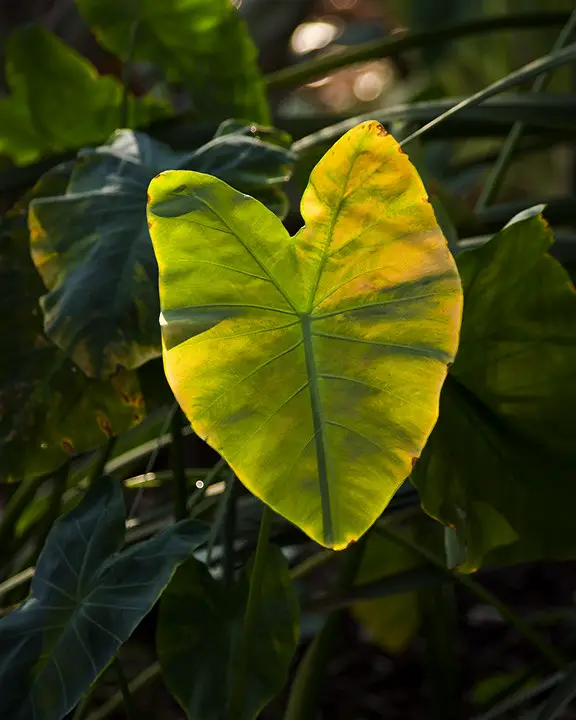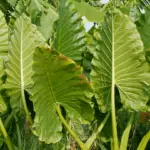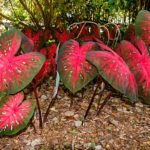We use affiliate links to run our site. When you buy through links on our site, we may earn an affiliate commission, without any added cost to you. Learn more
One of the major issues with growing elephant ears is the yellowing of the leaves. If your elephant ear plant’s leaves are turning yellow, don’t panic. There are a few possible explanations, and with a little investigation, you should be able to figure out the cause and take steps to remedy the problem.
In this post, we will discuss what are the main reasons why elephant ears turn yellow and what you can do to resolve the issue.
Latest Posts
Why My Elephant Ears Leaves Are Turning Yellow
There are several reasons why your elephant ears are turning yellow. Improper light-to-water ratios, problems with the plant roots, or the plant may be becoming dormant (which is normal for winter and fall). Identifying and correcting the cause of the color change will greatly benefit your elephant ears.
Let’s dig into them in detail…
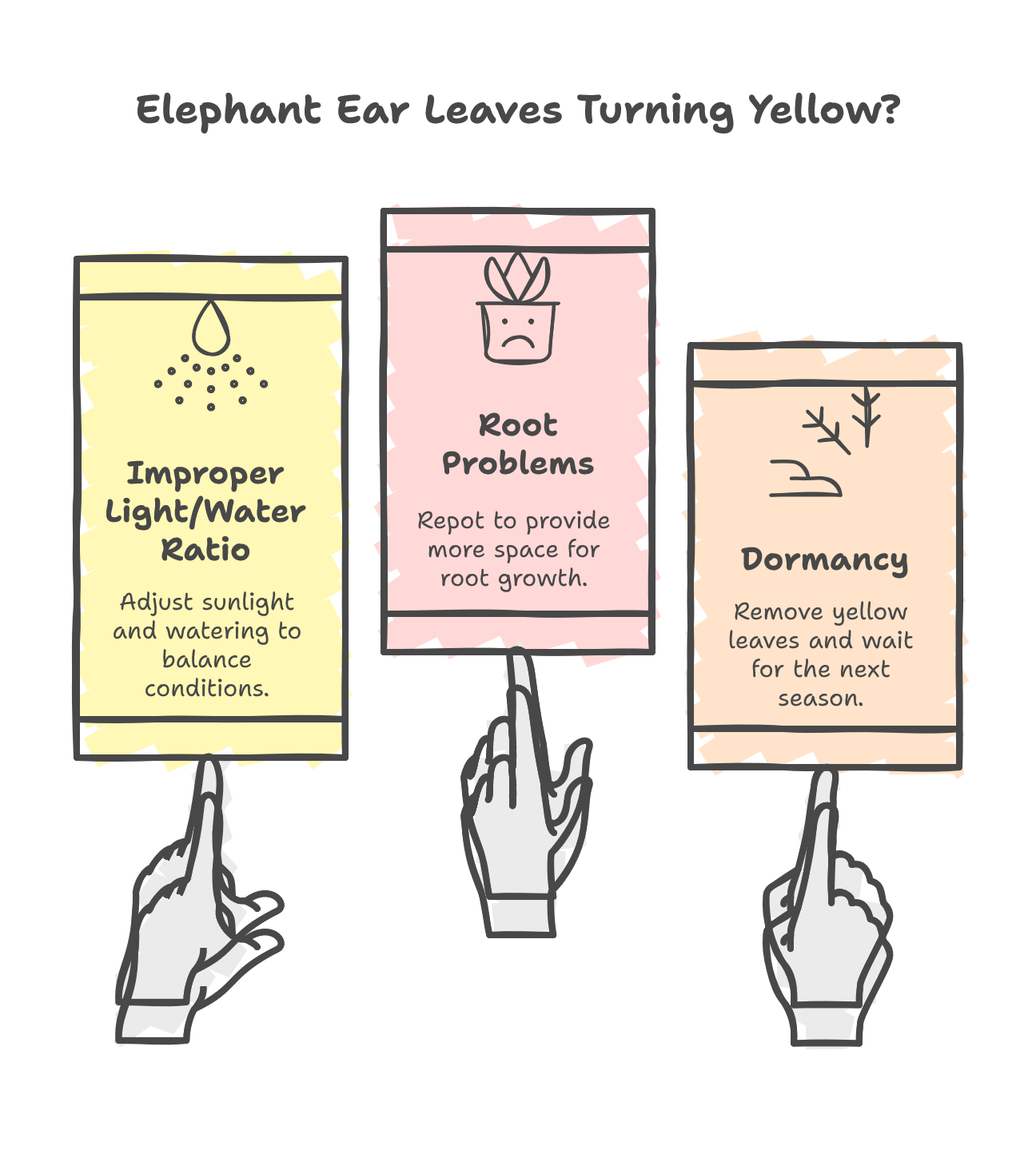
Improper Light to Water Ratio:
One of the main reasons behind the yellowing leaves of your elephant ear plants is an imbalance in the light-to-water ratio. An elephant ear plant needs lots of water to grow. Lack of water can hamper its growth. But they also need 6-8 hours of daily sunlight. Without proper sunlight, most elephant ears won’t grow.
The yellowing of the plant leaves could mean either that the plant is getting too much light but not enough water for its liking, or it might be getting lots of water but is not getting enough sunlight to thrive.
The solve the problem, first change the amount of sunlight the plant is getting. If your plant is in containers, it will be relatively easy. Move the plant to a sunny window or terrace.
If this doesn’t solve the problem, then change the amount of water. Also, add a bit of fertilizer to your plant.
Test how your plant is performing by giving more or less light or more or less water, on a weekly basis. Just change one condition and keep the others intact. Continue these tests until the yellowing of the leaves stops completely.
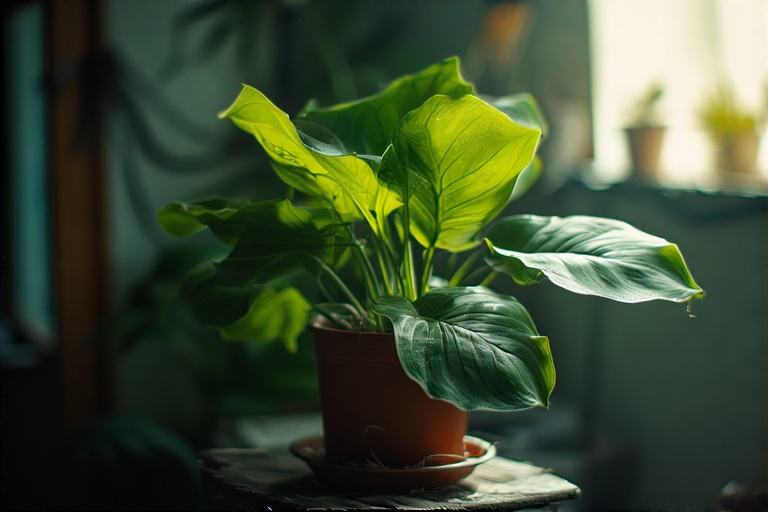
Problem With The Roots:
Another reason for the yellowing of elephant ear leaves can be improper planting. If the root structure of the plant somehow gets stuck in the pot and doesn’t have enough space to grow, it can result in yellow leaves.
In this case, the yellowing first takes over the edges of the plant and then covers the whole leaf. A too-small pot is usually the main reason why this happens. See if you can see the roots of the plant sticking out. If it does, repot the plant immediately.
Dormancy:
It can also be the dormancy for which elephant ears turn yellow. Remove the yellow leaves and wait for the next season.
Tips For Growing Elephant Ears In Pots:
Here are some useful tips if you are growing elephant ears in pots:
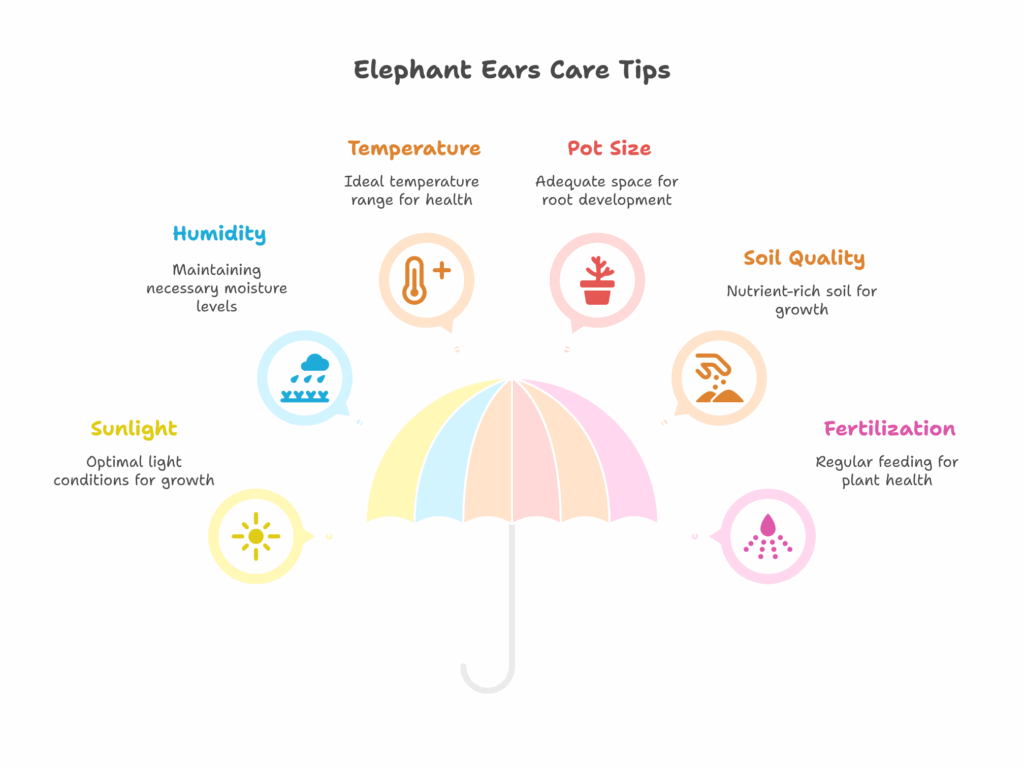

1. Choose The Right Spot:
Though elephant ears can handle direct sunlight, too much of it over time can burn the plant. Ideally, for most elephant ears, bright indirect sunlight is best. Choose an area where it can receive that kind of light.
2. Arrange Proper Humidity:
Elephant ears need humidity to thrive. Put a humidifier in the room to increase the humidity to the desired level. You can also place a humidity tray like this underneath the container to increase the humidity level.
3. Maintain A Proper Temperature:
The ideal temperature for growing elephant ears ranges from 65-75 deg F. So try to maintain that range inside your room when you are growing elephant ears.
4. Choose Right-sized Containers:
Elephant ears need comparatively larger pots than other houseplants if you are growing them indoors. Your pot should not be too small for growing elephant ears. If the root lacks space, it can harm your plant.
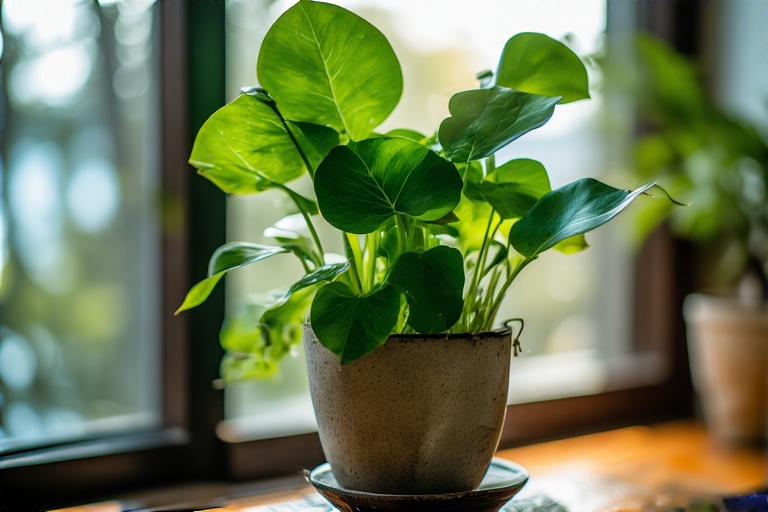

5. Use A Good Quality Soil To Fill The Pot:
Use well-drained, nutrient-rich soil to grow elephant ears. Don’t just put any soil at your disposal. Use a mix that is meant for growing plants in containers.
6. Fertilize Regularly:
When you grow elephant ears in pots, they need fertilizers regularly. Use an organic 20-10-10 fertilizer to feed the plant. Once they reach dormancy in winter, stop fertilizing the plant.
Conclusion:
In conclusion, if your elephant ears are turning yellow, it could be due to a number of things. It could be a sign of overwatering, or it could be a sign of nutrient deficiency. Try the methods we discussed on your elephant ear plant and see if they work for you.
Also, don’t forget to share the results with us. If you want to know more about elephant ears, see these posts.
Like the post? Don’t forget to PIN IT
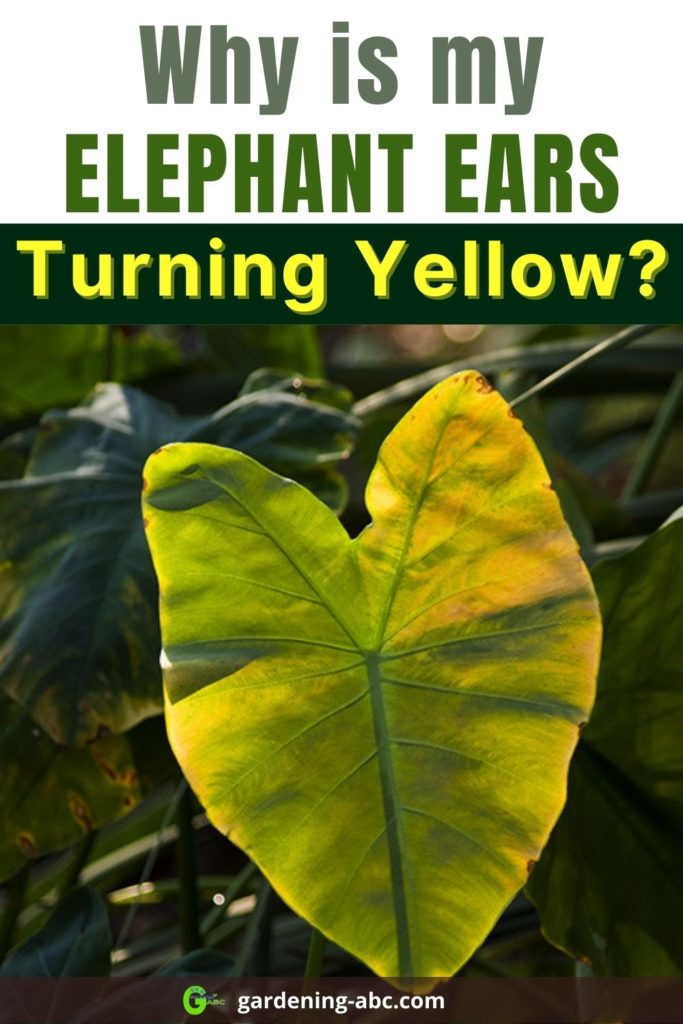

Amazon and the Amazon logo are trademarks of Amazon.com, Inc, or its affiliates.


Hi there! My name is Prasenjit and I’m an avid gardener and someone who has grown a passion for growing plants. From my hands-on experience, I have learned what works and what doesn’t. Here I share everything I have learned.
